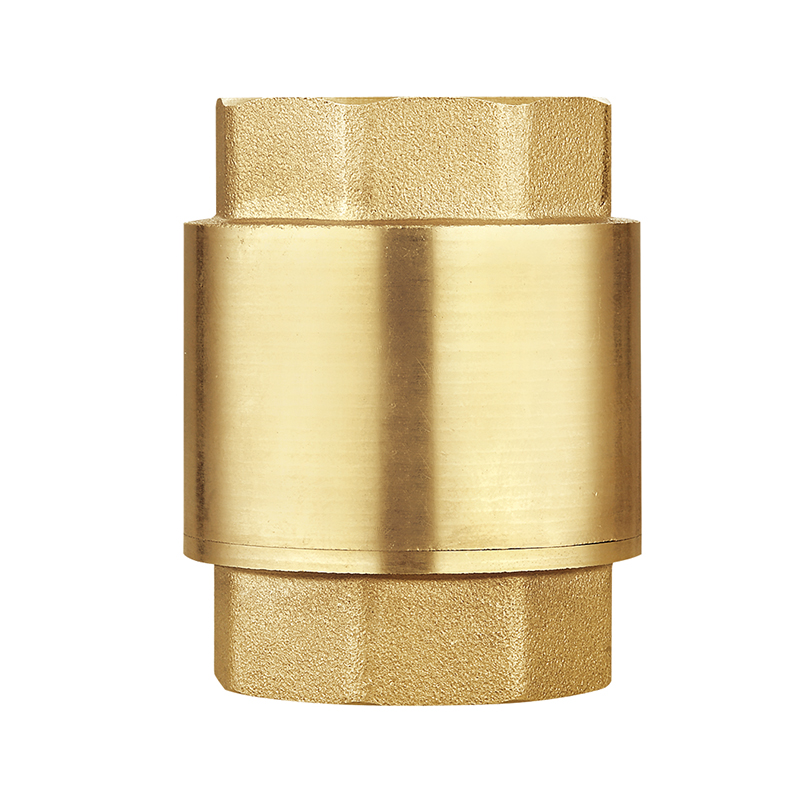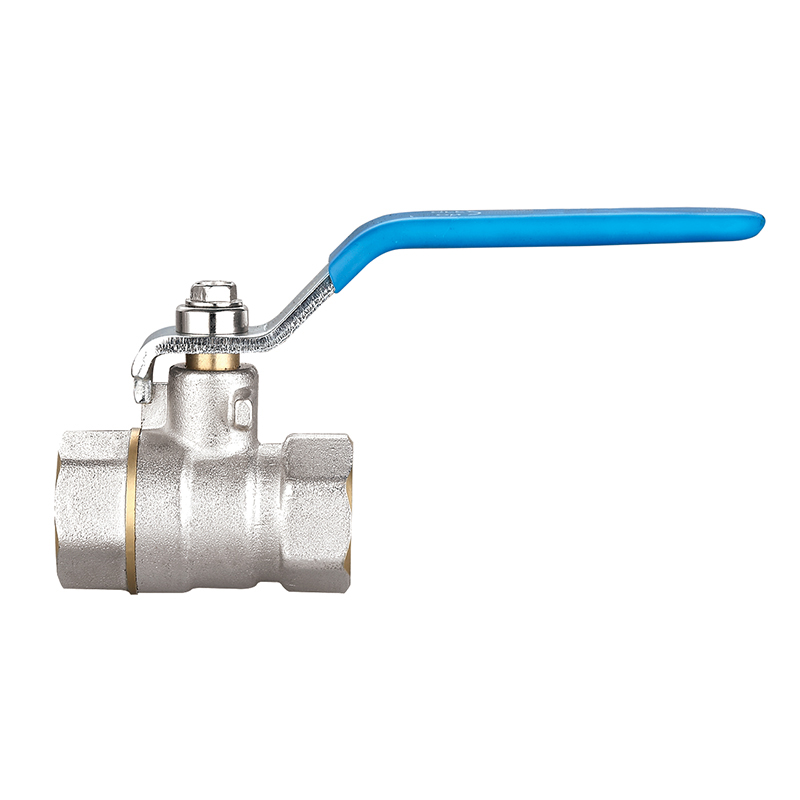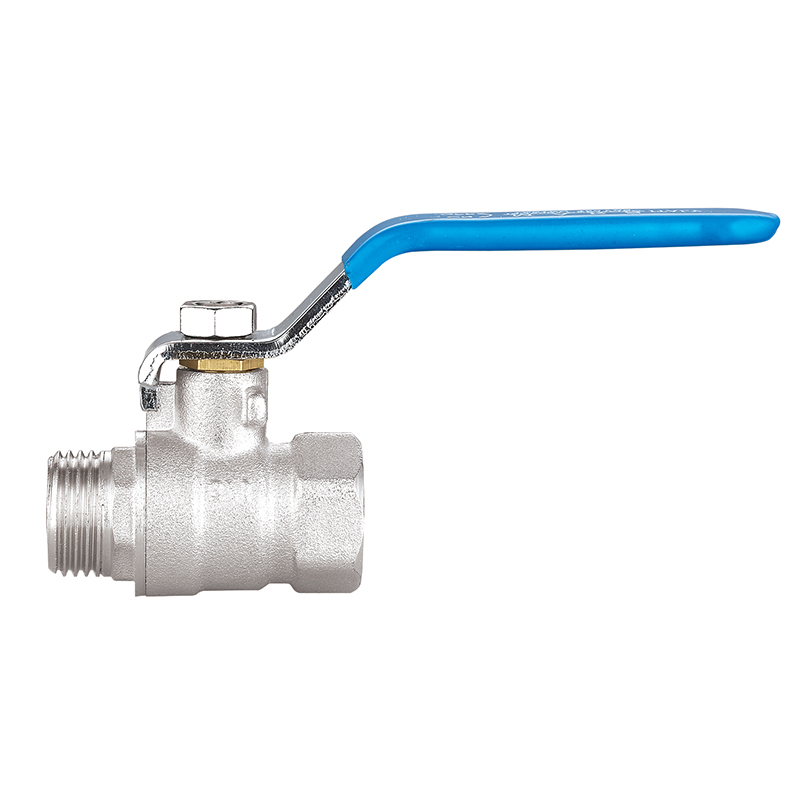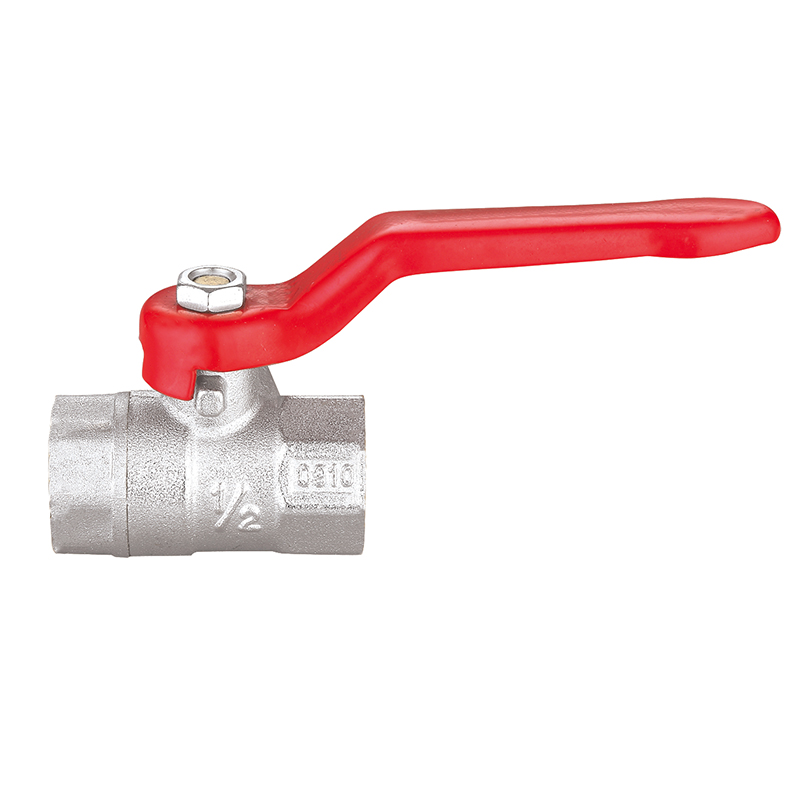Resilient Flow Control: Spring Check Valves Rising as the Solution in Backflow Prevention
2025-07-11
In the complex world of fluid systems—whether in municipal water lines, industrial processing, or residential plumbing—one silent yet essential component is the check valve. Among the many variations available, the spring check valve is rapidly emerging as a reliable, compact, and efficient option for backflow prevention in both high- and low-pressure environments.
As global demand rises for dependable fluid control solutions that reduce system wear, prevent contamination, and optimize efficiency, spring check valves are being recognized for their speed of response, installation versatility, and low maintenance requirements. These advantages are pushing their use into new sectors and applications, from chemical pipelines to HVAC systems, fueling steady growth in their market share.
What Sets Spring Check Valves Apart?
At the heart of a spring check valve is a spring-loaded disc or poppet mechanism that opens when fluid flows in the correct direction and closes immediately when the flow reverses. This automatic, no-handle design prevents backflow without the need for external actuation or controls, ensuring safety and operational stability with intervention.
Unlike swing or lift check valves, which rely on gravity or pressure alone to open and close, the internal spring mechanism of spring check valves enables much faster closing action. This rapid response is critical in systems where reverse flow could damage sensitive equipment, cause contamination, or introduce pressure surges known as water hammer.
Growing Demand in Industrial and Infrastructure Projects
In industries such as oil and gas, chemical processing, and power generation, spring check valves are widely used to protect pumps, compressors, and pipelines. Their ability to function effectively in horizontal or vertical installations makes them ideal for space-constrained systems often found in offshore rigs, energy plants, and industrial facilities.
Their compact design and precision shutoff capabilities have also made spring check valves a component in clean water supply networks and wastewater treatment plants. As global infrastructure investments continue—particularly in rapidly urbanizing regions—spring check valves are playing a vital role in protecting systems from reverse contamination and equipment failure.

Integration into HVAC and Plumbing Systems
The HVAC industry is another sector where spring check valves are making a noticeable impact. Used in boilers, chillers, and heating systems, these valves prevent the backflow of hot or cold water, ensuring consistent temperature regulation and equipment longevity.
In residential and commercial plumbing systems, spring check valves offer reliable protection in backflow prevention assemblies, especially where pressure changes or pump shutoffs might lead to reverse water movement. Because of their quiet operation and compact footprint, they are in installations near living or working spaces where noise levels matter.
Design Innovations and Material Advancements
Modern spring check valves are benefitting from improvements in materials engineering and manufacturing techniques. Stainless steel and corrosion-resistant brass remain common for general applications, but high-performance thermoplastics and exotic alloys like Hastelloy and Monel are now being used for harsh chemical or high-temperature environments.
Internally, precision-ground springs are being engineered for specific cracking pressures—the amount of force needed to open the valve. This customization allows engineers to fine-tune system performance and energy efficiency while reducing wear on pumps and compressors.
Manufacturers are also incorporating features such as soft seats (elastomer-lined sealing surfaces) for bubble-tight shutoff, and non-slam designs that mitigate noise and vibration on closure—important enhancements for sensitive installations like laboratories, hospitals, and high-rise buildings.
Addressing Sustainability and Efficiency Goals
Sustainability is a growing focus in fluid control system design, and spring check valves contribute by helping systems operate more efficiently and with fewer maintenance disruptions. By preventing reverse flow, they reduce energy waste and wear on pumping systems, extending service life and unplanned downtime.
In municipal water systems and green building projects, spring check valves are valued for their low leakage rates and energy-saving properties, especially when combined with energy-efficient pumps and variable speed drives. These valves support broader environmental goals by contributing to reduced water waste and energy consumption over the lifespan of the system.
Whether you want to become our partner or need our professional guidance or support in product selections and problem solutions, our experts are always ready to help within 12 hours globally.




 русский
русский Español
Español عربى
عربى





